Raffaello Morghen
FREE Catholic Classes
Italian engraver, b. at Portici, 19 June, 1768 (1761?); d. at Florence, 8 April, 1833. His father, Filippo, came of a family of German engravers, his mother was the daughter of Liani, court painter to Charles III. Raffaello's first teachers were his father and his uncle Jean, and before he was twelve he had achieved a good plate. When only twenty he produced seven noteworthy plates illustrating the carnival of 1778, and later went to study in Rome, under Volpato, whose daughter he married. Impressed with Sanzio's pictures in the Vatican, Morghen engraved his "Poetry" and "Theology". In 1787 he finished one of his principal works, Guido's "Aurora" from the fresco in the garden-house of the Rospigliosi Palace, his art and his time being far better suited to this style than to translating the work of greater masters. When he visited Naples in 1790, the court offered him a salary of six hundred ducats, which he declined, but later accepted (1793) the invitation of Ferdinand of Tuscanny to live in Florence. Here he received only four hundred scudi, but he was free to found a school of engraving, to engrave what he chose, and own all the prints from his plates. His next important plate, Raphael's "Transfiguration", was begun 1795, but so many were his commissions that it was not finished until 1812. While somewhat lacking in tone and aerial perspective, this engraving exhibits brilliant technique and immense dexterity. The first edition brought him one hundred and forty thousand francs. The dedication of this plate to Napoleon I resulted in a summons to Paris, where he was urged to establish a school of engraving, but the French protested that this would be detrimental to their own artists and the plan was never carried out. Morghen engraved a portrait of Napoleon, poor in resemblance and weak in execution.
The most celebrated work of the Volpato School and Morghen's chef-d'oeuvre was his engraving from da Vinci's "Last Supper", begun in 1794 and published in 1800. It was immensely successful despite the fact that it is flat and the figures resemble Sanzio's more than da Vinci's. This flatness, however, is not a serious fault, since the original is practically in one plane. Morghen's greatest artistic success is the equestrian portrait of François de Moncade ( Van Dyck ), wherein he shows more of sentiment, temperament, and vigour than in any of his two hundred and fifty-four engravings. His plates are pleasing, quiet, harmonious, typifying the gravers art at the begining of the nineteenth century, and mark the revival of classical line engraving in Italy. Great paintings were to him more themes for technical skill than models to be rigorously followed; hence his reproductions of the Masters are all much alike. His prolific burin "flew over the plate" to witness his mastery of hatch, dot, and flick. Morghen began many of his plates by etching the salient lines and was probably the first engraver to dry-point the flesh-tints of his portraits. He etched some very spirited and delicate coppers and produced many vignettes. He was professor in the Florence Academy, engraver to the Grand Duke of Tuscany and associate of the Institut de France (1803). Louis XVIII gave him the Cordon de St. Michel , and made him a member of the Légion d'Honneur . When he died Italy resounded with sonnets to "the imperishable glory of the illustrious engraver of the Last Supper". Among his works should be noted the "Miracle of Bolsena" (Raphel Sarzio), "Charity" (Correggio), and "Shepherds in Arcady" ( Poussin ).
Join the Movement
When you sign up below, you don't just join an email list - you're joining an entire movement for Free world class Catholic education.
-

-
Mysteries of the Rosary
-
St. Faustina Kowalska
-
Litany of the Blessed Virgin Mary
-
Saint of the Day for Wednesday, Oct 4th, 2023
-
Popular Saints
-
St. Francis of Assisi
-
Bible
-
Female / Women Saints
-
7 Morning Prayers you need to get your day started with God
-
Litany of the Blessed Virgin Mary
Padre Pio overcame suffering with hope, says Italian journalist
-

Bringing Faith to the Big Screen: Brenda Lorena Garcia's Mission in Hollywood
-

The Vatican's Stance on Medjugorje
-
America's Agricultural Shift: How the U.S. Is Becoming a Net Food Importer
-
Pope Francis Encourages Youth to Follow Blessed Carlo Acutis' Devotion to the Eucharist
Daily Catholic
 Daily Readings for Saturday, September 21, 2024
Daily Readings for Saturday, September 21, 2024 St. Matthew: Saint of the Day for Saturday, September 21, 2024
St. Matthew: Saint of the Day for Saturday, September 21, 2024 Nuptial Blessing, Longer: Prayer of the Day for Saturday, September 21, 2024
Nuptial Blessing, Longer: Prayer of the Day for Saturday, September 21, 2024- Daily Readings for Friday, September 20, 2024
- Sts. Andrew Kim Taegon, Paul Chong Hasang, and Companions: Saint of the Day for Friday, September 20, 2024
- In Time of Danger: Prayer of the Day for Friday, September 20, 2024
![]()
Copyright 2024 Catholic Online. All materials contained on this site, whether written, audible or visual are the exclusive property of Catholic Online and are protected under U.S. and International copyright laws, © Copyright 2024 Catholic Online. Any unauthorized use, without prior written consent of Catholic Online is strictly forbidden and prohibited.
Catholic Online is a Project of Your Catholic Voice Foundation, a Not-for-Profit Corporation. Your Catholic Voice Foundation has been granted a recognition of tax exemption under Section 501(c)(3) of the Internal Revenue Code. Federal Tax Identification Number: 81-0596847. Your gift is tax-deductible as allowed by law.

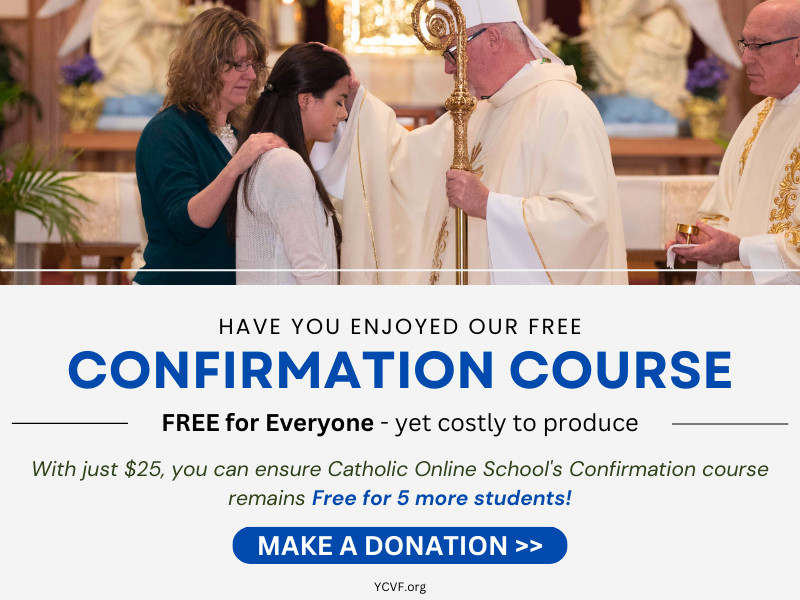

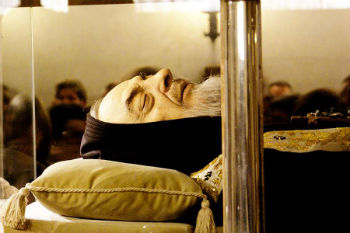
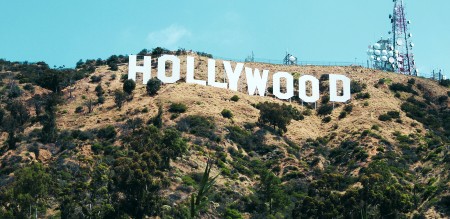
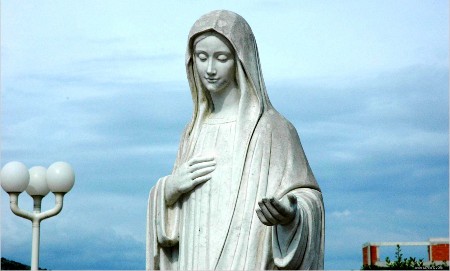
 Daily Readings for Saturday, September 21, 2024
Daily Readings for Saturday, September 21, 2024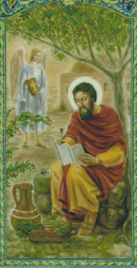 St. Matthew: Saint of the Day for Saturday, September 21, 2024
St. Matthew: Saint of the Day for Saturday, September 21, 2024 Nuptial Blessing, Longer: Prayer of the Day for Saturday, September 21, 2024
Nuptial Blessing, Longer: Prayer of the Day for Saturday, September 21, 2024

